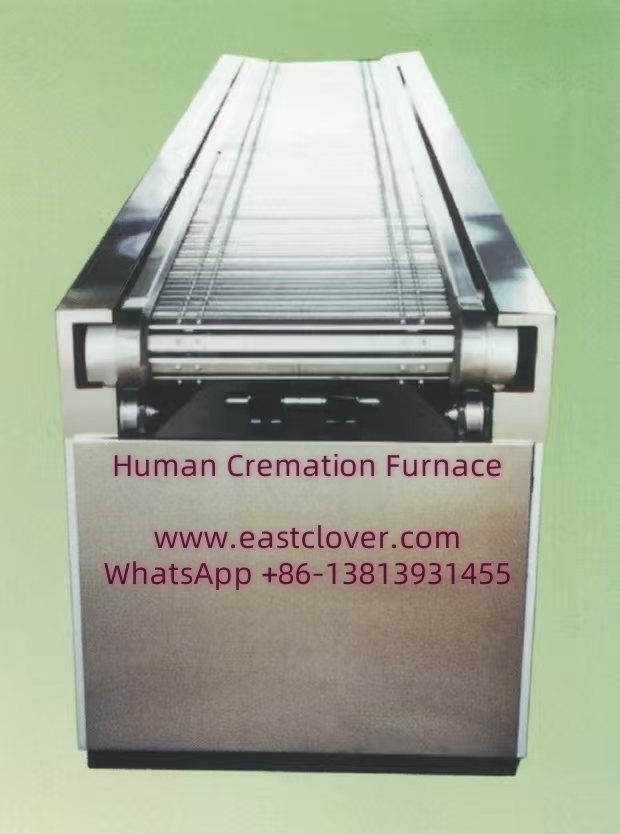Introduction
Cremation, the process of reducing human remains to bone fragments through high-temperature combustion, has become an increasingly common choice for end-of-life arrangements. As societies prioritize efficiency and environmental sustainability, the demand for rapid cremation processes and advanced cremation technologies has grown. Modern cremation furnaces now integrate cutting-edge innovations to minimize energy consumption, reduce emissions, and expedite the process while maintaining dignity and respect for the deceased.
Components of a Modern Cremation Furnace
A cremation furnace, or cremator, is a complex system designed to operate at extreme temperatures (1,400–1,800°F or 760–980°C). Key components include:
- Combustion Chamber: Constructed from refractory bricks to withstand high heat.
- Fuel Source: Natural gas, propane, or electricity power the furnace.
- Control Systems: Automated panels regulate temperature, airflow, and burners.
- Emission Controls: Filters and scrubbers capture particulate matter and pollutants.
Technological Innovations in Cremation
Automation and Precision
Modern furnaces use sensors and software to optimize combustion, reducing human intervention. Automated loading systems and real-time adjustments ensure consistent results.
Energy Efficiency
Recuperators and secondary chambers recycle heat, cutting fuel use by up to 30%. Electric furnaces are emerging as a low-emission alternative.
Emission Reduction
Advanced scrubbers, catalytic converters, and particulate filters meet stringent environmental standards. Mercury abatement systems capture dental amalgam vapors.
Digital Integration
IoT-enabled devices allow remote monitoring, while blockchain technology secures records and provides transparency for families.
The Rapid Cremation Process
- Preparation: The body is placed in a combustible container.
- Combustion: High heat reduces the body to bone fragments in 1–2 hours.
- Cooling and Processing: Remains are cooled, then pulverized into ashes.
Innovations like pre-heated chambers and accelerated airflow systems have cut traditional cremation times by 25–40%.
Environmental Considerations
While cremation avoids land use, it emits CO2 and particulates. Newer systems address this through:
- Renewable energy integration (e.g., solar-powered electric furnaces)
- Carbon capture research
- Water-saving technologies
www.southclover.com
The cremation industry has evolved significantly, balancing speed with environmental responsibility. As technology advances, future furnaces may achieve near-zero emissions while providing compassionate services. These innovations reflect a broader shift toward sustainable end-of-life practices that honor both the deceased and the planet.
Frequently Asked Questions
How long does rapid cremation take?
Modern systems complete the process in 1–2 hours, compared to 2–3 hours for traditional methods.
Are cremation furnaces environmentally safe?
Advanced emission controls reduce pollutants by over 90%, making newer models significantly cleaner.
What happens to medical implants during cremation?
Metals like titanium survive the process and are recycled through specialized programs.
Can families witness the cremation?
Many facilities offer viewing rooms with隔音玻璃 and streaming options for remote participation.
How much energy does a cremation furnace use?
A typical gas-powered cremation uses 2–3 GJ of energy, equivalent to a 1,000-mile car trip.

Comments are closed